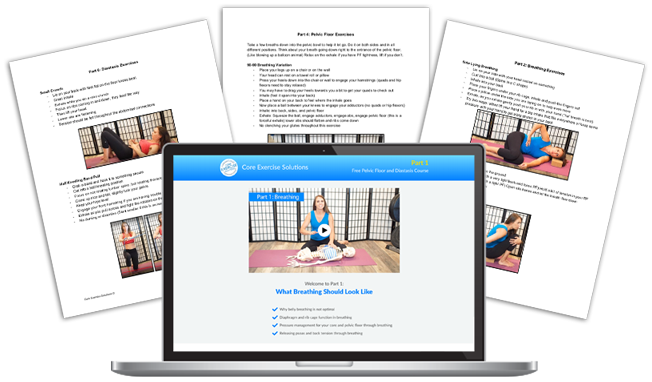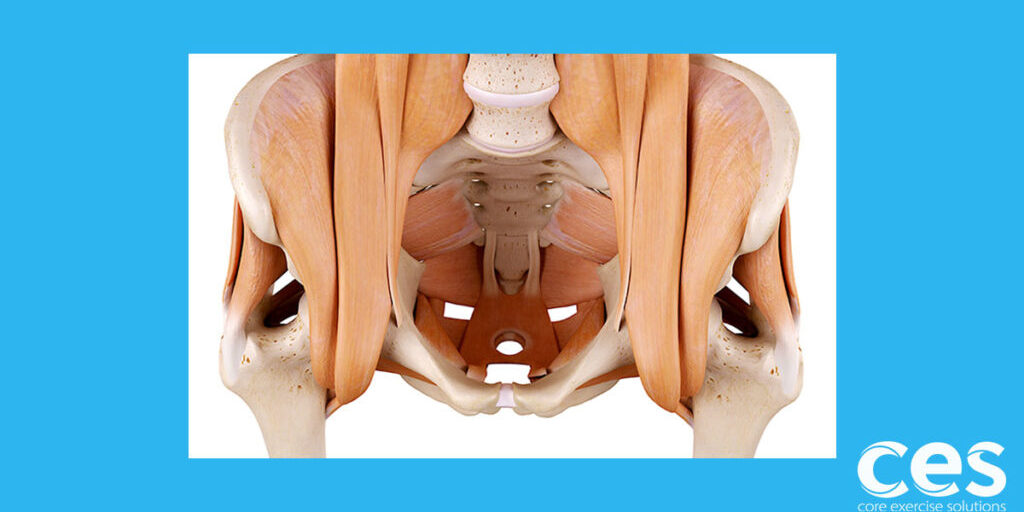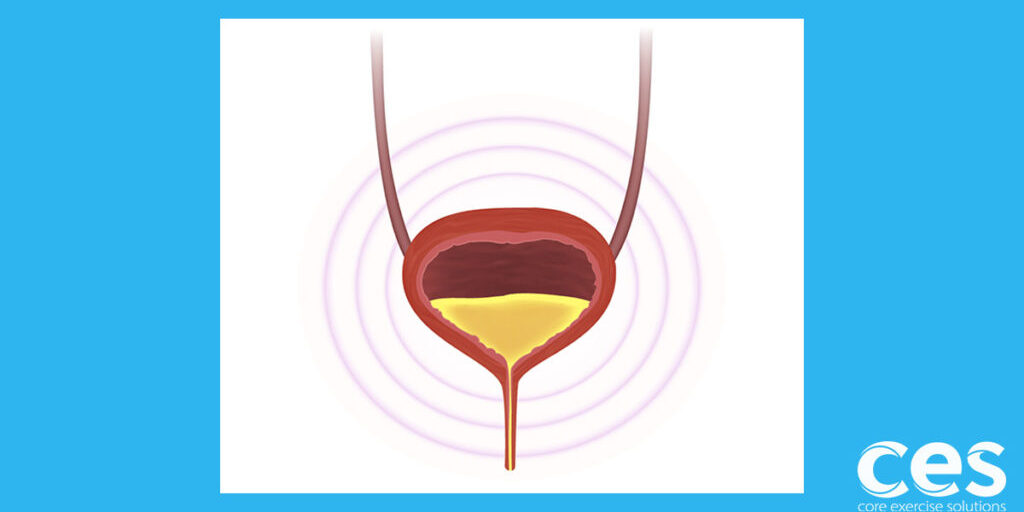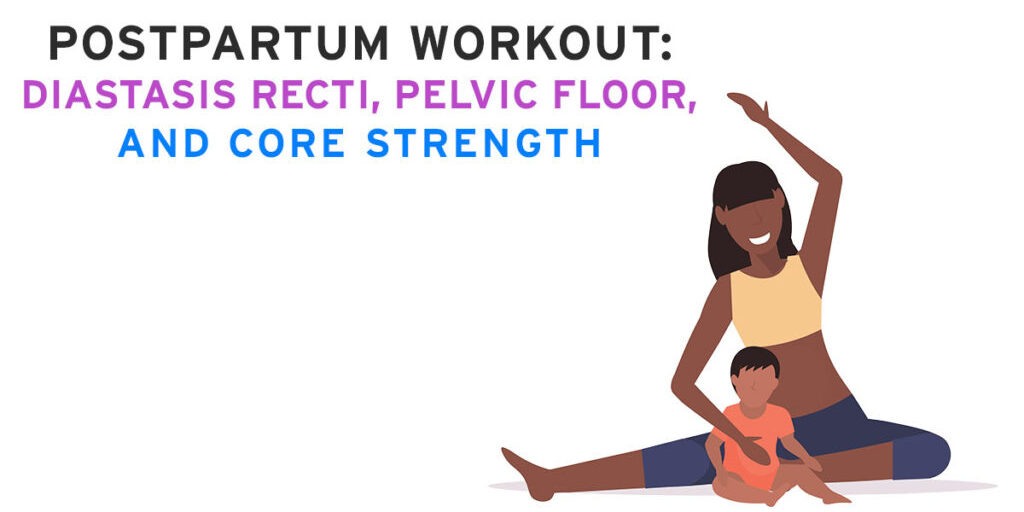My specialty is helping women figure out why their pelvic floor isn’t getting better after they have “done their kegels.” There are so many other areas of the body that affect how well the pelvic floor functions, whether that’s leaking, prolapse relief or just great sex. But before we dive into these other areas of the body, let’s look at what could go wrong with contracting the pelvic floor itself (i.e. doing a kegel).
A kegel is the common name referring to contraction and relaxation of the pelvic floor musculature. It’s named after Dr. Arnold Kegel, an American gynecologist who first popularized the idea to exercise the pelvic floor muscles. (Although I highly doubt a man was the first to think of the idea. ;))
Let’s dive in and look at 6 different ways that doing a kegel can go wrong, or things that simply render the exercise of contracting the pelvic floor ineffective. You might be “doing your kegels” but let’s make sure you’re doing them right.
#1. Are you getting both a squeeze and lift?
The pelvic floor muscles close the pelvic floor to stop leaks and also provide lift and support to the organs. So one common mistake is to only squeeze or only lift. This focuses on half the job of the pelvic floor and doesn’t target full strengthening.
Going deeper (all puns intended), you also need to focus on contracting in layers. Starting right at the opening and working your way up.
#2. Thinking you have to max out a contraction every time, or not being able to max out at all.
Being overzealous with contracting the pelvic floor can lead to pelvic floor tightness. The saying physiotherapist Antony Lo coined, “tension to task”, applies perfectly here. You only want to bring as much tension (strength of contraction) as needed for the task at hand. In other words, you don’t have to try and lift an elephant with your pelvic floor when you pick up a pencil.
On the other side of that extreme, I most often see women who can’t even max out a contraction. If strength is measured in 1-5, they are able to generate a contraction that hits around a 3 or 4. So, what the heck is going on? Because this is often not a lack of effort. This is where my job gets really fun and where I find the kinetic chain (connections throughout the body) come in. Alignment of the hips, pelvis, legs and trunk can hinder a contraction. The pelvic floor is trying hard to contract but it’s the fault of someone else in the chain for why it can’t. When this happens, focusing on kegels pretty much gets you nowhere but frustrated, and doing more kegels rarely helps. (Doing more of the same thing that’s not working is the definition of insanity!)
#3. Working both the slow and fast-twitch muscle fibers in the pelvic floor.
Your pelvic floor muscles have to contract fast to catch your sneeze or sudden step off a curb but they also need to provide postural support for all the hours you’re awake and up on your feet.
This is a big job and requires training for both the fast twitch and slow twitch endurance muscles. So if you only work the pelvic floor fast or slow, you might not be hitting one of these areas often enough.
Challenge:
1. Can you contract quickly and relax fully several times in a row?
2. Can you contract and hold with the same intensity for 10 seconds?
#4. Only contracting the back of the pelvic floor, or worse, contracting the glutes instead of the pelvic floor.
One of the most common mistakes when attempting to do a pelvic floor contraction is not isolating the pelvic floor muscles. Believe it or not, you can actually preferentially contract the back, middle and front of the pelvic floor (along with right and left, but we’ll not get that complex at this time). Many women don’t realize that they can contract the front of the pelvic floor without overly contracting the back.
When the back of the pelvic floor is overly recruited it will often lead to tightness in the back of the hips, which can cause SI joint pain, hip impingement, piriformis tightness and pain as well as overall pelvic floor weakness. This can lead to leaks and decreased prolapse resolution.
Challenge:
1. Improve control by practicing contractions that are more in the front or back of the pelvic floor.
2. Improve control by making sure glutes and other hip muscles stay completely relaxed and you only contract those primary middle pelvic floor muscles.
#5. Not fully relaxing between contractions.
The relaxing part is just as important as the contracting part, maybe even more important! If you don’t fully relax, then you can’t get a good contraction. Without a good contraction, you can’t get stronger. See where I’m going with this? A little tightness and decreased ability to fully relax can really hinder strengthening efforts.
Challenge: Let that tension go!! Work those inhales so you feel the give of the inhale down the length of your pelvic floor.
#6. Thinking the rest of the body doesn’t matter and that once you have “done your kegels” there is nothing else you can do.
This is my biggest pet peeve— when people think they’ve exhausted all their options because they have done their kegels and not gotten better. Oh please! The pelvic floor is in the middle of the body and shares fascial connections with so many other muscles that it makes resolving pelvic floor issues complicated business. But, the upside is there is always hope!! If something has many, many, many layers of things affecting progress, then it means it has many, many layers of potential for getting better, if you’re willing to keep investigating and stay the course.
The biggest issue I see with rehab for the pelvic floor is women who give up far too quickly! There are so many moving parts in the body that affect the pelvic floor, from our head positioning to our diaphragm, midback mobility, hips and pelvis, all the way down to our arches. So, if you’re willing to learn, you can improve! If you’re seeing a PT that only looks at pelvic floor strength and has run out of troubleshooting ideas, please find someone else. You’re worth a second, third or fourth opinion! Each PT you see will have some new area of experience to offer which might be what helps things click into place. No one has all the answers, and the pelvic floor often requires a team approach to get better.
If you want to guide your pelvic floor strengthening progress by expanding your knowledge, I have just the program to teach you more.
If you’re a professional looking to learn more to help yourself and other women, the Postpartum Corrective Exercise Specialist Certification will be the best fit. Click Here to learn more.
It does come with a warning! If you check out one of these options, you will learn a great deal about your body. But the process of learning can be overwhelming, so make sure you’re truly ready to invest time in yourself before embarking on this journey. Learning takes effort and you’ve got to show up for yourself. If you don’t have the time to invest in your body, then this program will not be a good fit. You have to decide that you’re worth it and you truly want to improve.
Free Pelvic Floor Educational Series
Dr. Sarah Duvall, PT, DPT, CPT and the CES Team have helped thousands of women create the strength and stability needed to overcome common and not-so-common pelvic floor issues.
Join us today for this 4-part Pelvic Floor Video Series, absolutely free.
We don't spam or give your information to any third parties. View our Terms of Use and Privacy Policy.
Having trouble signing up? Click here

Working with pregnant and postpartum clients/patients?
This 6-part course offers key takeaways on breathing, pelvic floor strengthening and diastasis recovery. Sign up and start learning today!
Related Articles
- « Previous
- 1
- …
- 3
- 4
- 5








